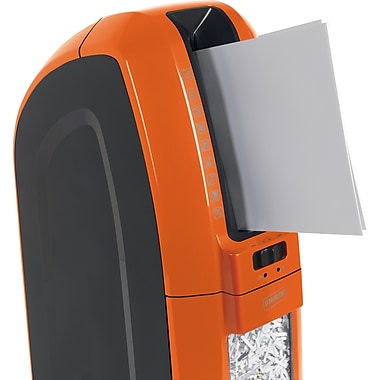1. Want to get your gift wrap supplies in order? The first step is to gather all the wrapping paper, bags, cards and other supplies you have in one place. Once you have it all together, reduce it to at least half. Yes, half! In most cases you aren't going to need all those gift bags you've saved. And if you love gift bags, you probably don't need all those rolls of paper.
2. Store the supplies you are keeping in one place. Here are some different ideas:
- I use the Rubbermaid Wrap-n-Craft that fits into my closet
- Stand up rolls in a wine crate or wire wastepaper basket
- Store wrapping paper rolls in a hanging garment bag; I haven't tried this but it's a creative idea to get supplies off the floor
- Try pantry shelving designed for the back of a door
3. Recycle the gift wrapping supplies you aren't using, pass them on to a friend, or even donate the wrapping paper. Goodwill may take it, as will some thrift stores or charities that wrap gifts to give at the holidays. (Here is one Boston charity that can use wrapping supplies.)
4. Simplify the whole gift wrapping process with a "signature" gift wrap: use just one kind of paper or gift bag for all gifts. You can personalize with fun cards or ribbon.
5. Reuse. Turn old maps into gift wrap. A client recently told me she saves maps of certain places, like London, Paris or Harvard Square, to use as wrapping paper. It's especially fun for graduation gifts. You probably don't navigate with your paper maps too often, so consider reusing some as gift wrap.
6. Get into the zone. If you are wrapping a lot of gifts at one time, set up a wrapping zone in your office or dining room.
7. Party; throw a gift-wrapping party that is. Each December a friend invites a group over to eat, drink and wrap. Everyone shares wrapping supplies. It's a fun way to get that chore done.
This article first appeared in the November / December 2014 edition of my newsletter, The Neat Sheet.
























